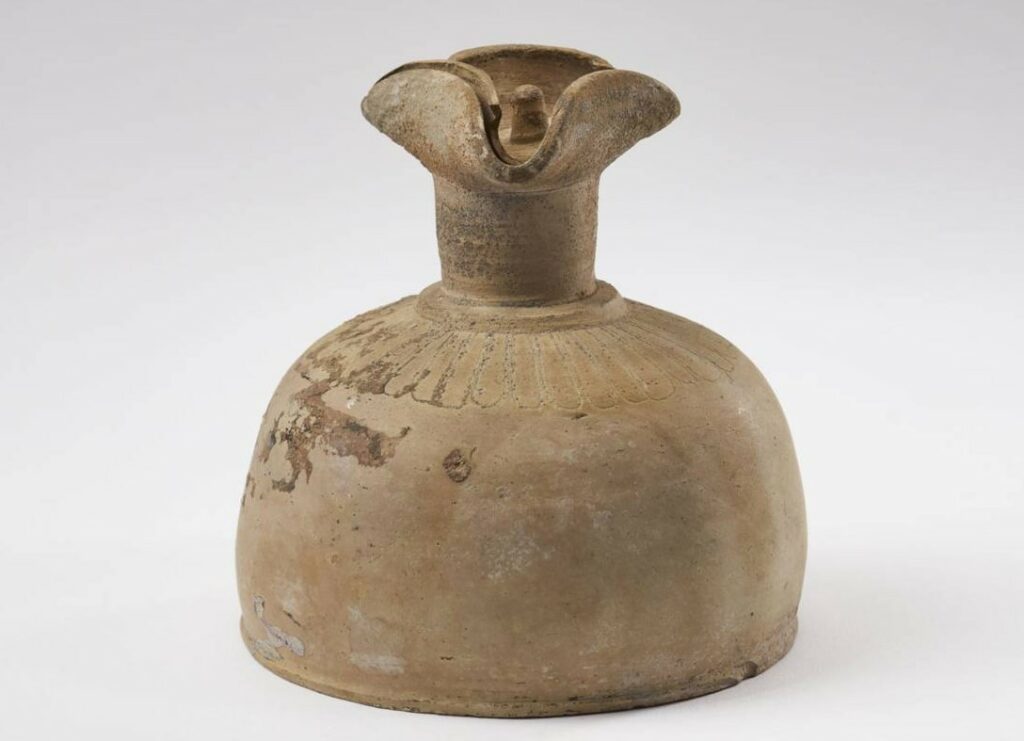
Amphipolis: “a Cosmopolitan Inhabitant in a Cosmopolitan Tomb”
She visited Montreal for the inauguration of the splendid exhibition, “The Greeks: Agamemnon tο Alexander the Great,” that recently opened at the Pointe-à-Callière Museum of Archaeology, showcasing 543 artifacts covering 5000 years of Greek history.
She is Dr. Lina Mendoni, the Secretary-General of the Ministry of Culture of Greece, an individual who has presided over one of the country’s most crucial ministries for over a decade. Perhaps the most knowledgeable person with respect to culture in Greece, including the numerous archaeological excavations and many ongoing cultural activities, she is a “power woman,” closely monitoring the step-by-step progress of the exciting discovery at Amphipolis and overseeing her country’s initiatives for the return of the Parthenon Marbles.
While in Canada, Ms. Mendoni took some time to speak about the aforementioned exhibition and about current cultural developments in Greece.
Why did the Culture Ministry opt to cover such an expansive stretch, that is over 5000 years of history, with the exhibition, “The Greeks: Agamemnon to Alexander the Great?”
“The comparative advantage of Greek civilization is its long historical endurance and its timelessness. Each phase is not detached from another. Greek history is based on successive stages of the evolution of a culture with each passing day linked to the previous one. The Hellenic Peninsula, along with its seas, is a matrix that generates and evolves, as a sequence, through a continuous assimilation of elements with which the Greeks came into contact.”
How did the ministry of culture react to the recent decision of the British Museum to lend the Parthenon sculptures to the Hermitage Museum of Russia?
“The Greek Government, via its Prime Minister, Mr. Antonis Samaras, has formally expressed its position, voicing the discomfort of the Greek people with respect to the museum’s actions. By lending a portion of the marbles abroad, the complexity of the work has been ruptured for a second time with its unity and harmony disrupted in a most violent way.”
In what way can the law firm of Amal Clooney and the publicity she has created influence the return of the marbles?
“The Ministry of Culture has asked to hear the proposals of the law office of Ms. Clooney but, in the meantime, we are awaiting the results of UNESCO’s proposal to Britain to participate in a mediation process to resolve the dispute. Mediation has timelines which should be respected and, as such, we must await further developments.”
The most recent spectacular archaeological discovery in Greece has been the tomb of Amphipolis. What is so important about this find?
“The discovery at Kasta Hill in Amphipolis is a hugely important monument that is made up of varied characteristics from different cultural phases. It is the first time that a funerary monument, which dates from Macedonia around the end of the 4th century BC, comprises a magnificent lion that laid on top of the tomb, two superb sphinxes guarding its entrance, two splendid female figures that have been classified as caryatids, an exceptional mosaic depicting the abduction of Persephone by Pluto and Mercury and other frescoes that are slowly being revealed.
Has the tomb been ransacked?
“It is absolutely certain that the tomb has been robbed as we have witnessed that the occupant’s funeral gifts have all been removed.”
Where can the skeleton that was found at Amphipolis lead archaeologists?
“It has been neither embalmed nor burnt, so the scientists will be able to establish the individual’s gender and age. In a few weeks, we will have these important results, so we may then proceed, taking into account the historical data and the historical composition, to formulate a working hypothesis. If it is a woman’s skeleton, it will be easier to identify the buried person, if it is that of a male, there are many more names to consider.”
What is the value of this project to the archaeological world?
“It is a monument with universal characteristics, indicating that its creator, as well as the individual buried there, were both true cosmopolitans.”
Greece’s culture is intertwined with its rich ancient history. Does contemporary Greece, in the midst of a severe economic crisis, produce modern culture?
“Of course Greece produces contemporary culture. Even during these trying economic times, a new creative era is taking hold in a fanciful way. In dance, at the National School of Orchestral Art, in cinema or through the development of other modern initiatives. At a time when the crisis is affecting all sectors of the economy, the Ministry of Culture, with the use of available European Union resources, has secured funding for 643 projects, including the restorations of monuments and archaeological sites, the creation of new museums and many other contemporary projects.”
Is Cultural tourism occurring in Greece in a systematic way?
“The Ministry of Culture is charged with creating the conditions for cultural tourism while the Ministry of Tourism is responsible for providing its routes. To this effect, for example, the Ministry of Culture has restored 270 Byzantine monuments as well as various Ottoman shrines, attracting many tourists from Russia and Turkey, respectively.”
SOURCE: http://www.huffingtonpost.com/justine-frangouliargyris/amphipolis-a-cosmopolitan_b_6371990.html

